Brighter digital prospects for textile-garment
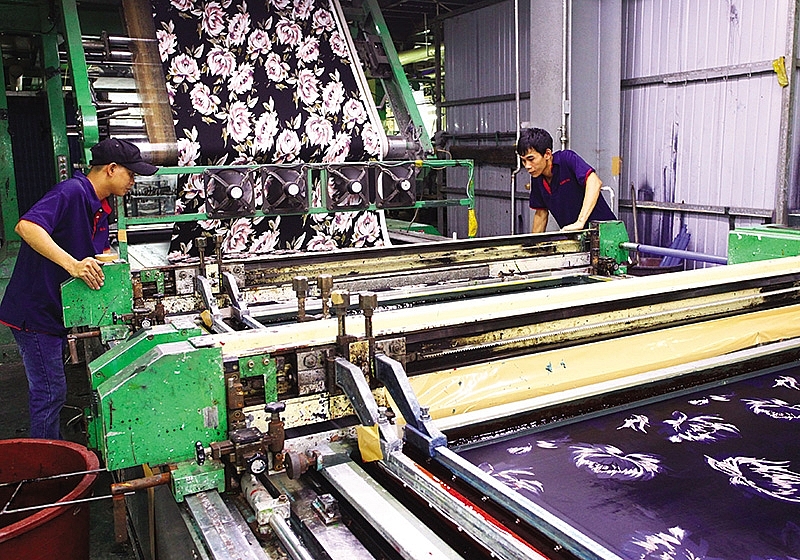 |
| Automation can ensure the textile industry goes green, saving natural resources and increasing competitiveness, Photo: Le Toan |
As one of the biggest and most modern woven fabrics producers in Nam Dinh province over the years, Bao Minh Textile JSC has applied advanced technologies in designing and manufacturing many types of mid-range to high-end woven fabrics.
“Technologies have helped us reduce the number of direct workers and link data among production equipment,” Vu Thanh Cong, marketing director of Bao Minh Textile JSC, told VIR. “Thanks to automation, we can easily control operation of the whole factory, and quickly discover and handle troubles.”
Attending the fifth KITECH–VITAS Textile and Garment Seminar themed on better digital production in Hanoi last week, Cong was most interested in the application of 3D technology in design and making samples introduced by Clo Virtual from South Korea.
“Although 3D technology is not new, applying it in designing and creating virtual sample fabrics is still new. We can apply the virtual samples for different sizes of fabric thanks to easier adjustment,” Cong explained.
Meanwhile, according to Kim Kwang Il, representative of Clo Virtual, designers can use 3D technology to replace design work like measuring and choosing colours. “The 3D technology will significantly reduce the time for design and meet all requirements of size, colour, and style,” he said. “We wish to find partners here in Vietnam and we are willing to transfer this technology with the most active support.”
Having applied 3D technology in clothes patterns for five years, Ja Myung Ku, manager of general affairs at South Korean firm Kicox shared the effectiveness of the technology. “We can flexibly apply it to any model and any material with the same quality in the shortest time” she said.
Currently, Ku’s company has a factory in China and they wish to find a chance to open another one in Vietnam. “Vietnam is a good market where the younger generation is quite open to fashion from South Korea. Moreover, Vietnam has entered or just signed some important free trade agreements with which textiles and garments can benefit most,” Ku told VIR.
Referring to the EU-Vietnam Free Trade Agreement (EVFTA), Bluetex director Le Thanh Binh said “Although we haven’t exported yet, and at the moment we are using mostly materials imported from China, we are still interested in the signed EVFTA and getting to know more about the agreement.” According to Binh his company, a domestic sportwear distributor and manufacturer in Hanoi, can change strategy to make use of the FTA by seeking local materials.
According to Truong Van Cam, vice chairman and general secretary of the Vietnam Textile and Apparel Association, 3D printing technology allows the creation of products suitable to each user, satisfying their demand without creating waste for manufacturers. “The support of technology in general has created high productivity and then creates better income for employees, helping the textile industry break out and escape from labour-intensive traps with low incomes,” Cam said.
Speaking at the seminar, Eu Joong Kim, commercial counsellor at the South Korean Embassy in Vietnam, said that although the Vietnamese textile and garment industry has good foundations with many advantages, in the current technological development context simply relying on cheap labour costs is not enough, and that there must be new technology to support the competitiveness of businesses.
“If textile enterprises are not interested in Industry 4.0 and crafting plans to apply digital technology and automation in production and business, they are increasing their chances of being knocked out of the market,” Kim emphasised.
According to Kim, the newly-signed EVFTA will create great opportunities for the Vietnamese textile and apparel industry. “Vietnam has the advantage of the rules of origin under the EVFTA. Accordingly, products made from materials imported from South Korea also count as Vietnamese in origin when exported to the EU. That not only brings advantages for Vietnamese textiles and apparel, but also co-operation opportunities for South Korean textile enterprises,” Kim insisted.
Vietnamese-South Korean trade relations have increased rapidly over the years. In 2018, Vietnam had a trade surplus of over $29 billion to South Korea. In the textile and apparel sector, South Korea is Vietnam’s largest investor with $4.7 billion, accounting for 25 per cent of the proportion of overseas investment in the industry.
What the stars mean:
★ Poor ★ ★ Promising ★★★ Good ★★★★ Very good ★★★★★ Exceptional
 Tag:
Tag:
Themes: EVFTA & EVIPA
Related Contents
Latest News
More News
- Coteccons honoured with 'VNR Top 50 Vietnam' award for seventh year running (January 09, 2025 | 15:31)
- Vietnam strives for ambitious outcomes (January 08, 2025 | 18:00)
- Labour market equipped to take its next major leap (January 08, 2025 | 16:40)
- Assessing growth drivers in 2025 through expert lenses (January 08, 2025 | 16:35)
- Uber rival Bolt to make foray into Vietnam's ride-hailing market (January 08, 2025 | 15:38)
- Vietnam SuperPort and strategic partners develop rail logistics (January 08, 2025 | 09:37)
- Pharma seeks tech transfer incentives (January 07, 2025 | 16:00)
- AstraZeneca joins efforts for universal health coverage (January 07, 2025 | 14:53)
- GDP growth beats forecasts to reach 7.09 per cent in 2024 (January 07, 2025 | 09:25)
- High goals set for import-export (January 05, 2025 | 08:00)




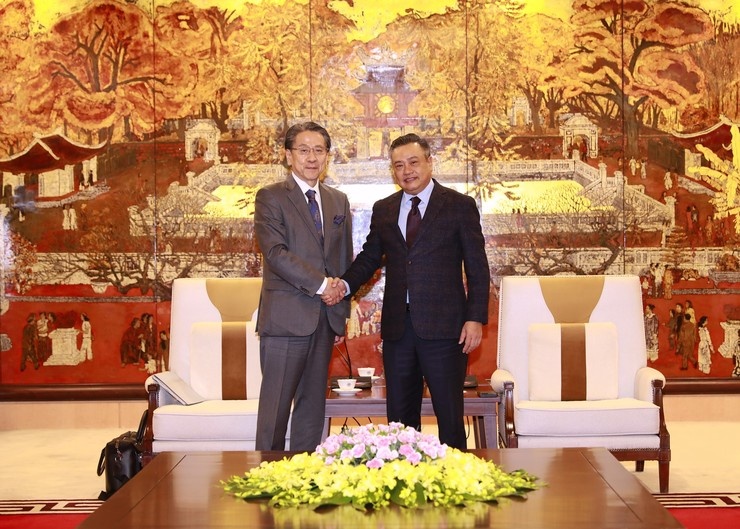


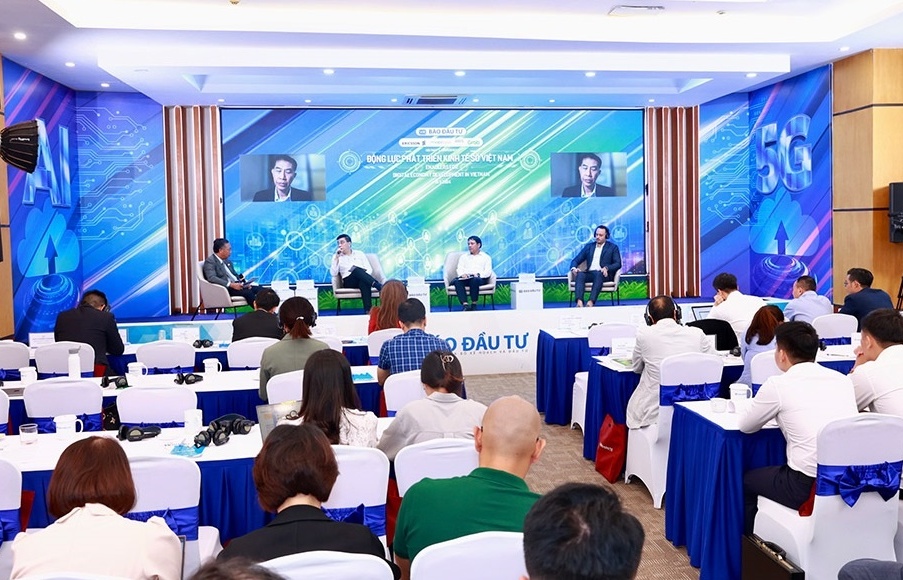
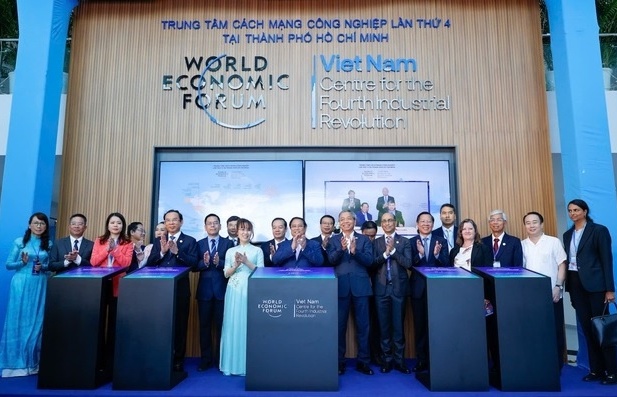
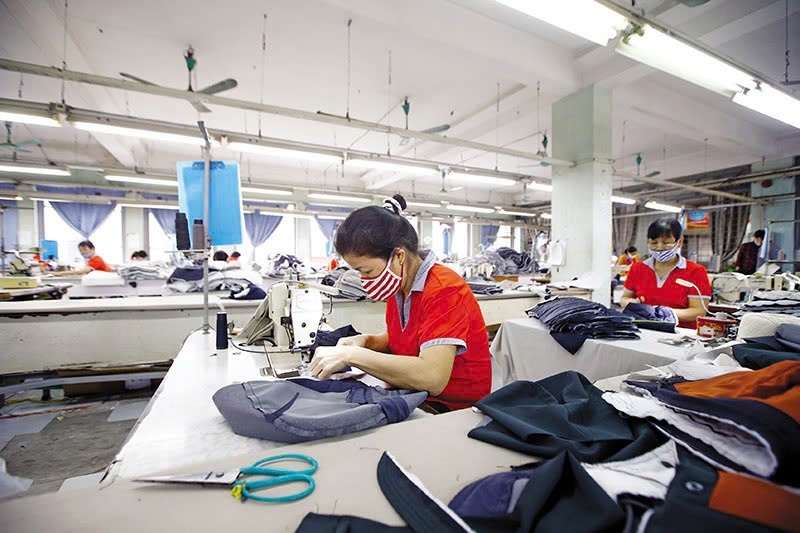





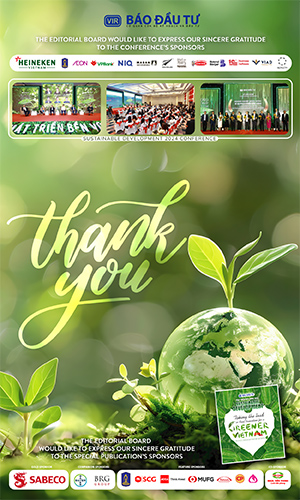

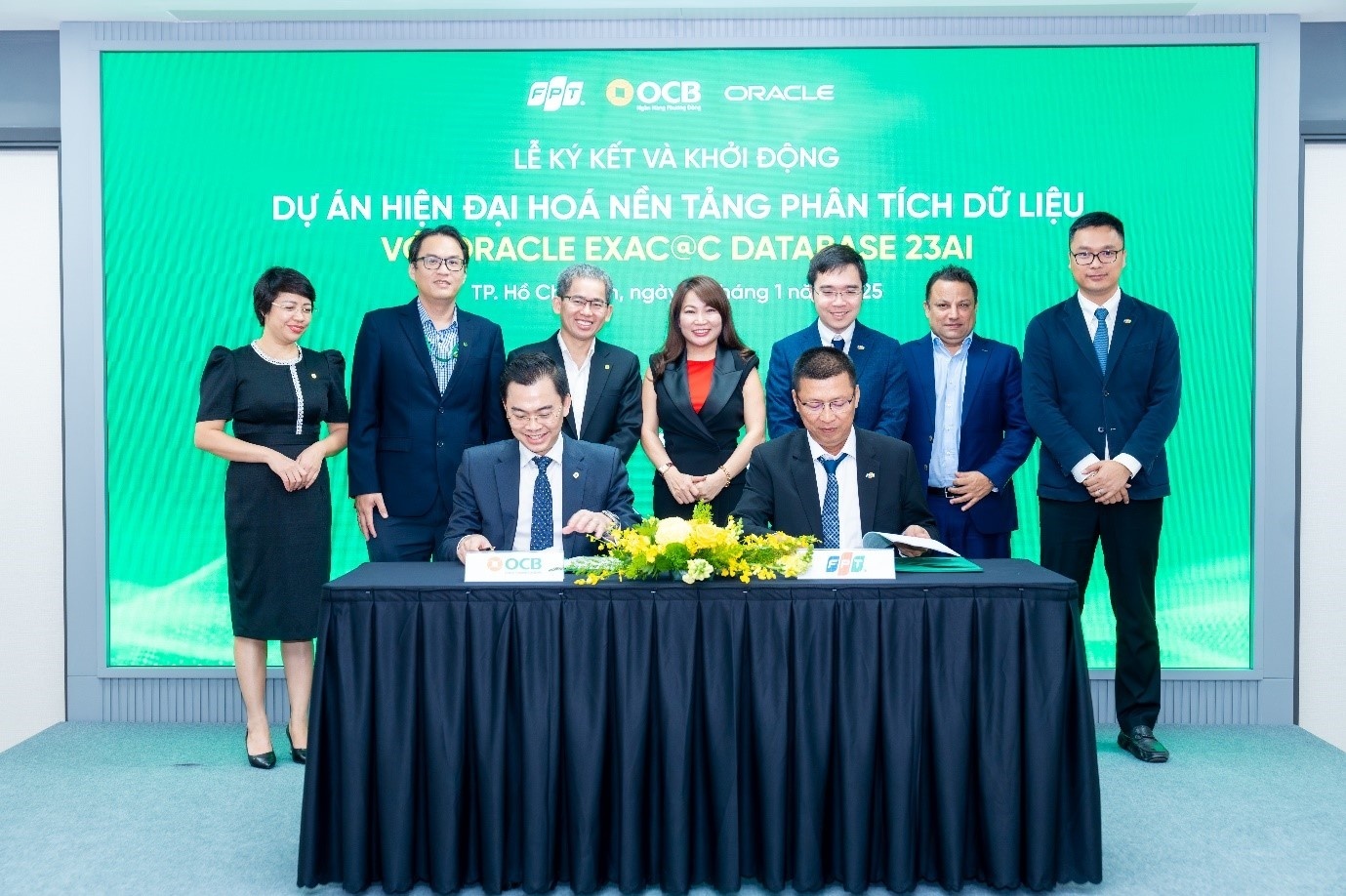


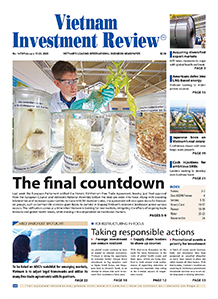
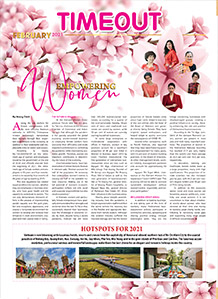
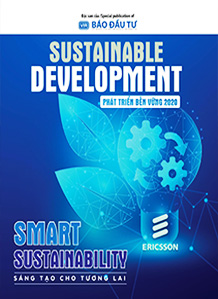
 Mobile Version
Mobile Version